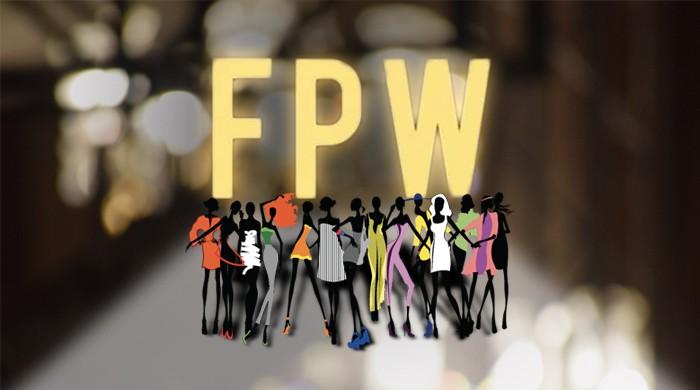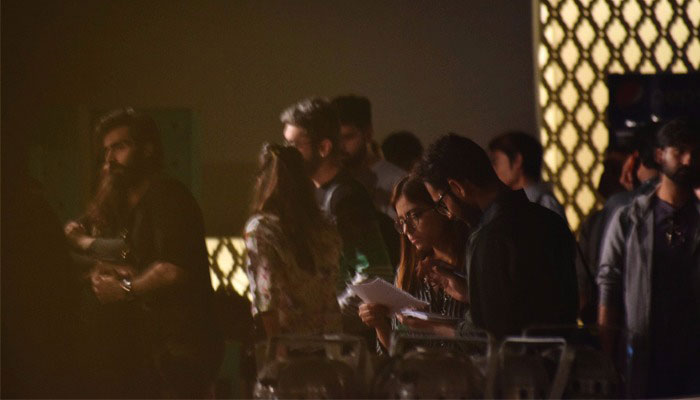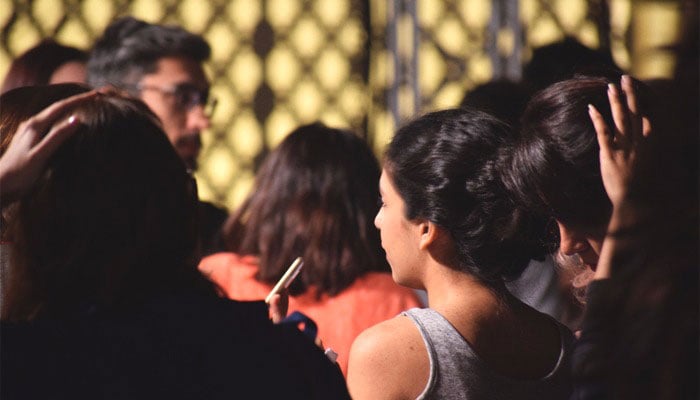
All geared up to start Wednesday evening, Fashion Pakistan Week (FPW) with its Spring/Summer 2017 collection event will mark the style oganisation's decade-long run.
The Pakistan Fashion Design Council (PDFC) has definitely set a path aside for the nation's burgeoning fashion community. But what has really transpired in the last 10 years? Was it a glamorous success or a trend that got really popular, but remained only that – a fad?
Ayesha Farook, the face behind AFH by Ayesha F. Hashwani, says it has been tremendously successful. She added that regular fashion weeks, with better planning and organisation, have paved the way for an influx of new talent which was previously unavailable for aspiring fashionistas.
However, Naushaba Brohi of Inaaya disagrees, reasoning that although she first participated in FPW back in 2014, she believes that the industry "is still in its infancy" and, thus, has a long way to go.
A major change, she commented, is that there has been a change in the retail aspect of the fashion business, as "ready-to-wear has picked up". This is because more and more women are joining the workforce, which means there is a major shift in the dynamic where ready-made clothes are preferred.
This variance in consumer behavior has led brands to focus more on retail and ready-to-wear products, she said.
Scheduled to take place at a hotel in Karachi, FPW's preparations commenced early this week, with models and designers dropping by for checks and specifying preferences. It was there last night that we caught up with a few notable of the fashion scene.

Needless to say, the fashion gala attracts a number of determined females who are comfortable with their identities and bodies. They hang out together backstage, munching and singing together, and resonate freedom. But is it in contrast to the women who help create the dresses these models flaunt on the ramp?
Inaaya, Brohi's designer brand that is "all about empowerment", is mainly involved with traditional ethnic wear made by artisans from Pakistan's rural areas. The entrepreneur explained that having artisans on her team is not the only way she uses to push feminism forward.
Instead, her focus is to get more villages involved to bring a collection together, and, in the process, strong-willed women are projected to the independence and confidence Brohi aims to instill in them.
Brohi's latest collection is called Batin (from the Urdu word meaning 'hidden' or 'inside'), and stems from the idea that if one is not at peace with themselves, they are not fit to empower someone else.
With a "clean monochromatic palette", the little outbursts of colour in the set hint at a growing movement of women's freedom in the country. It "strings all the chords together, even aesthetically", she added.
Farook has a similar stance on the matter, as she stated the focus should surely remain on colours, patterns, combinations, and design, which collectively set the mood and depict the seasonal trend.
While "our body types are different and not everybody can wear a Western outfit, somehow that's mostly what people show on the ramp," she noted. It has to be catered to as a formality, she rationalised.

Yet, the fashion festival is a gauge for the prevalent trends in the country, and for those that are soon to be launched. "Trend tickles down. […] It doesn't matter if you can afford it or not. It's in; it's not a knock-off."
Suggesting that people should aim to be comfortable in their clothes, Farook said that one may wear whatever they like to, be it a designer brand or mass-produced clothing item.
"You can complain about it, [but] you bring a trend in," she argued. "I'm not here to see anything specific, but to observe the trend and designs."
Regardless, "the future is always going to be brighter," said Brohi.
No comments:
Post a Comment